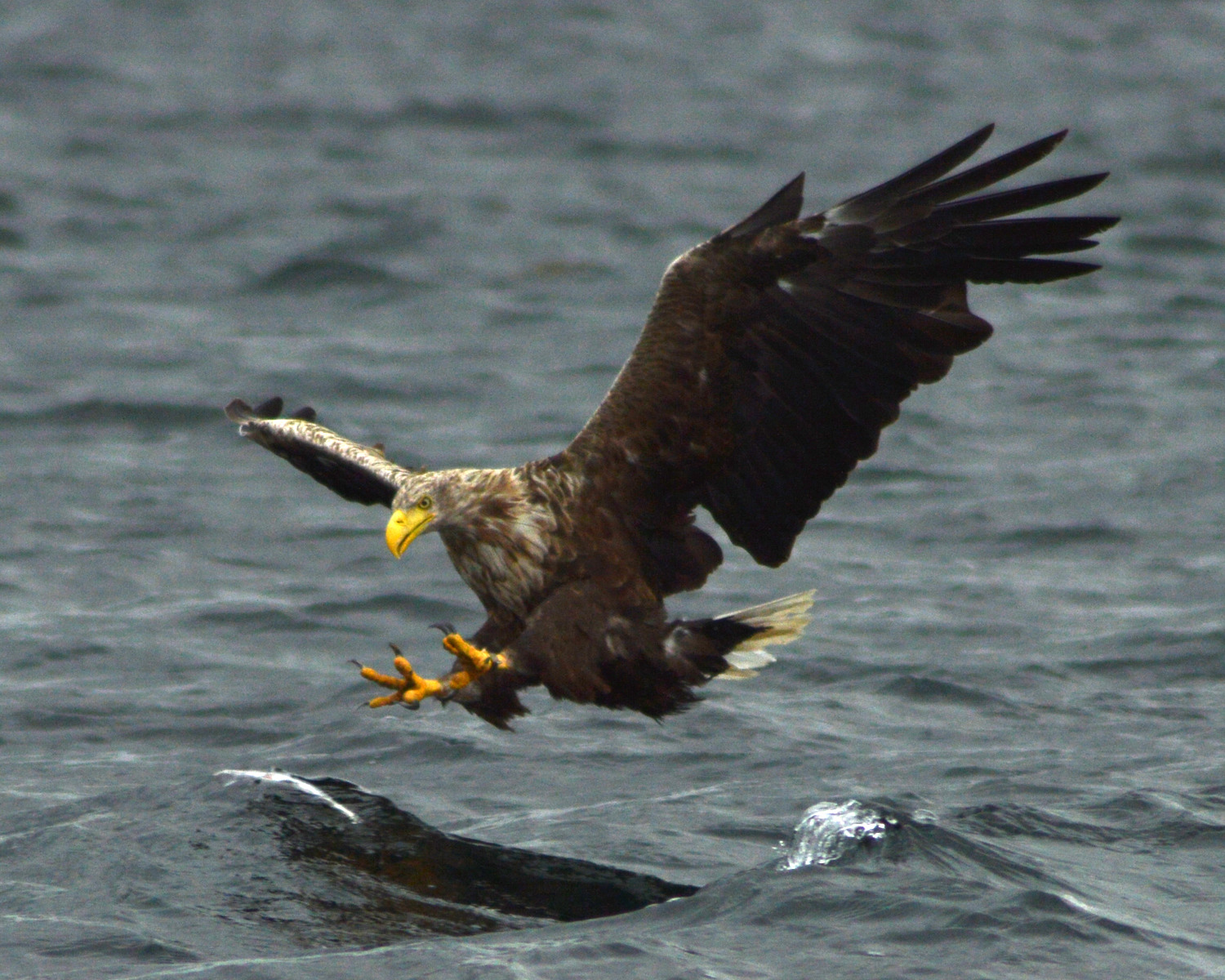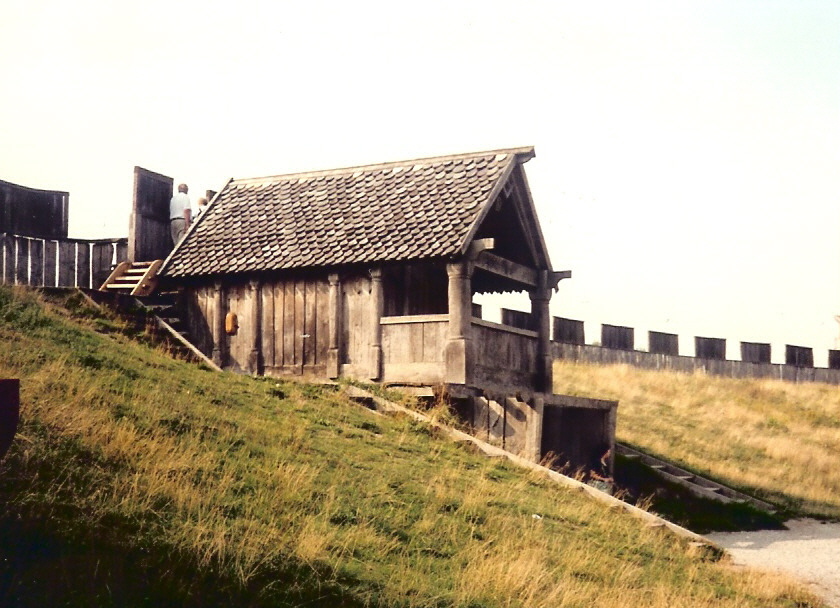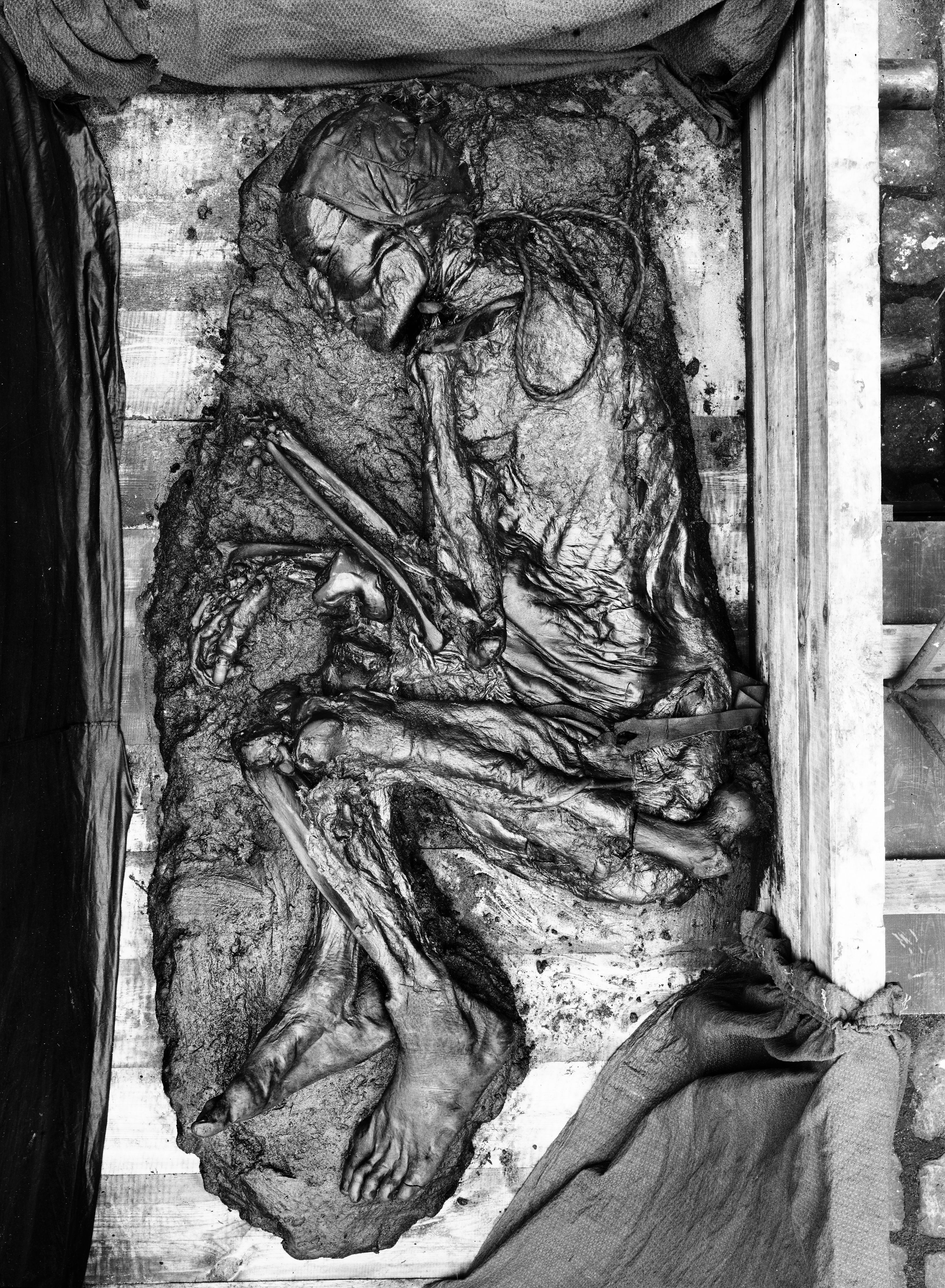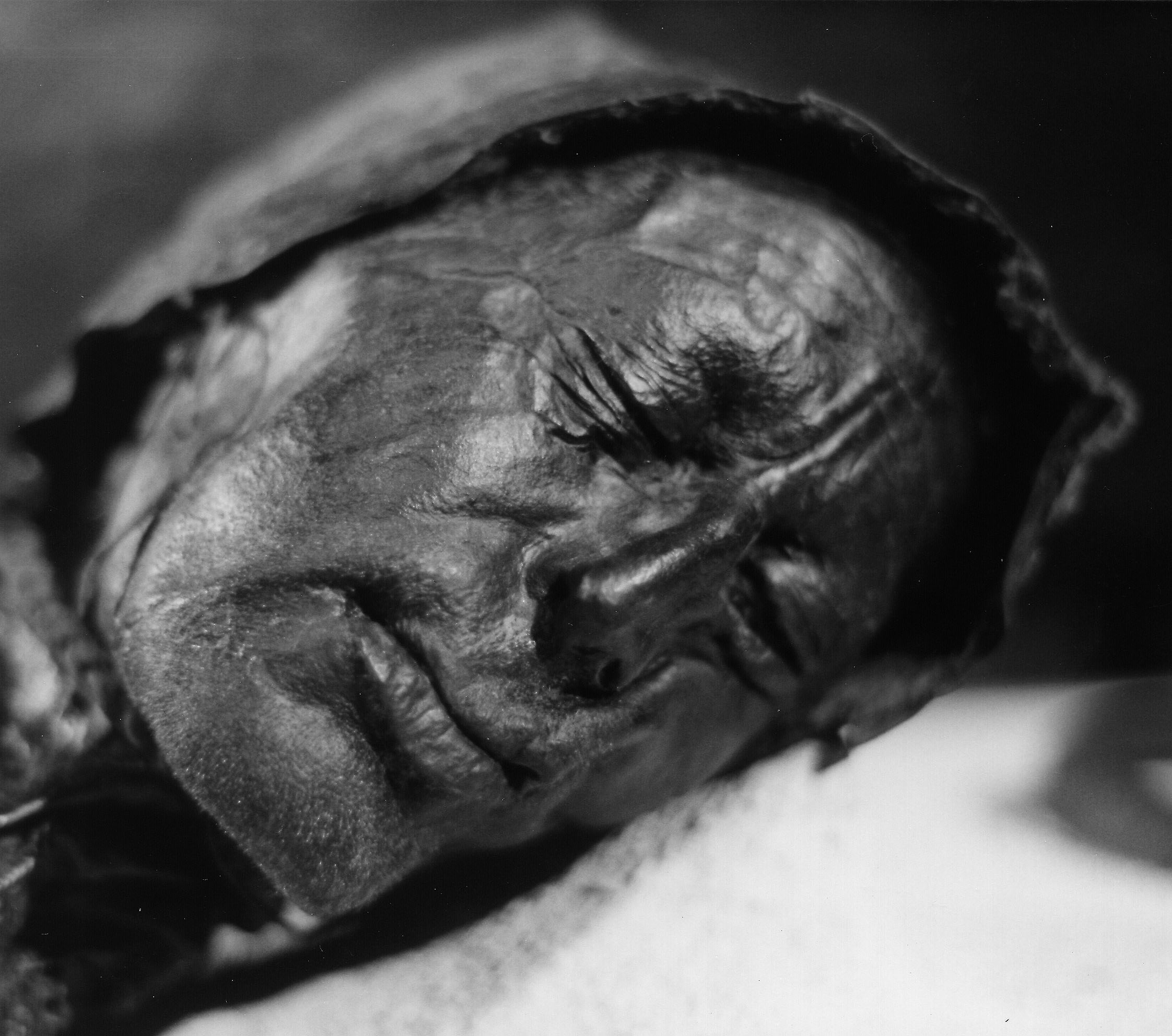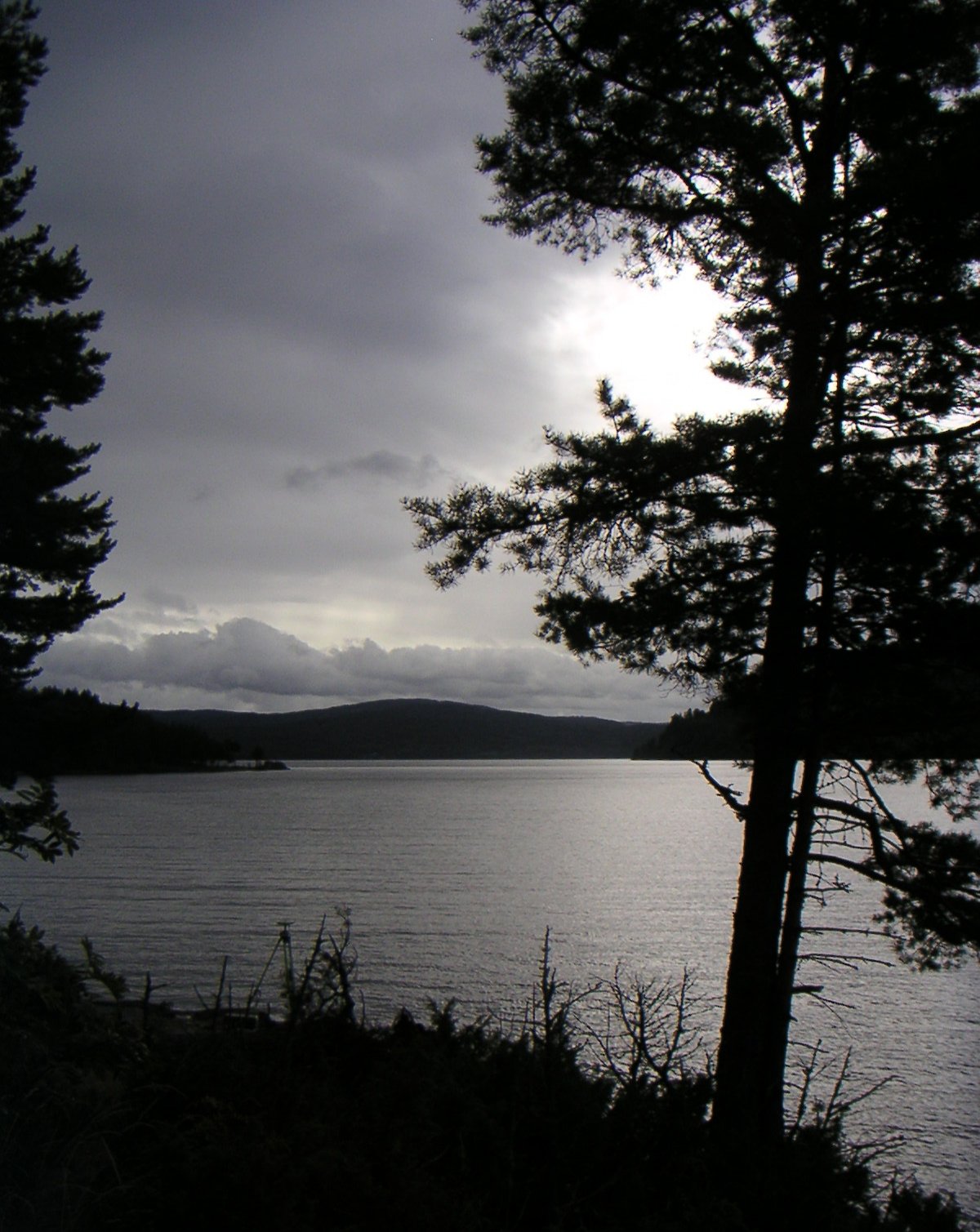|
Wetlands And Islands In Germanic Paganism
A prominent position was held by wetlands and islands in Germanic paganism, as in other pagan European cultures, featuring as sites of Germanic paganism, religious practice and belief from the Nordic Bronze Age until the Christianisation of the Germanic peoples. Depositions of items such as food, weapons and riding equipment have been discovered at locations such as rivers, fens and islands varied over time and location. The interpretations of these finds vary with proposed explanations including efforts to thank, placate or ask for help from supernatural beings that were believed to either live in, or be able to be reached through, the wetland. In addition to helpful beings, Old English literary sources record some wetlands were also believed to be inhabited by harmful creatures such as the nicoras and þyrsas fought by the hero Beowulf (hero), Beowulf. Scholars have argued that during the 5th century CE, the religious importance of watery places was diminished through the action ... [...More Info...] [...Related Items...] OR: [Wikipedia] [Google] [Baidu] |
Tissø Udsigt Fra Naturpark Åmosen
Tissø is the 4th largest freshwater lake in Denmark, at 12.3 km2. It is located on the western part of Zealand, in the municipality of Kalundborg municipality, Kalundborg. There are several small towns and villages near the lake, of which Sæby is the biggest at 343 citizens (2013). In the town of Kalundborg, some of Lake Tissø's outflow is used as cooling water for the Kalundborg Eco-industrial Park. Etymology Tissø means 'The God's Lake', but the etymology and meaning is not obvious. Basically the name can be broken into ''Tis-sø'', where ''sø'' means 'lake' in a literal and simple translation from Danish to English. ''Tis'' is the more interesting part and refers to the old god Týr, Tir, who have given name to many places in Denmark such as Tisvilde, Tirslund or Thisted, for example, and Tissø was originally known as 'Tir's Lake'. However, the word ''Ti'' is also an Old Danish word meaning 'God', without being specific. For unknown reasons, it appears that at some ... [...More Info...] [...Related Items...] OR: [Wikipedia] [Google] [Baidu] |
Thuringia
Thuringia (; german: Thüringen ), officially the Free State of Thuringia ( ), is a state of central Germany, covering , the sixth smallest of the sixteen German states. It has a population of about 2.1 million. Erfurt is the capital and largest city. Other cities are Jena, Gera and Weimar. Thuringia is bordered by Bavaria, Hesse, Lower Saxony, Saxony-Anhalt, and Saxony. It has been known as "the green heart of Germany" () from the late 19th century due to its broad, dense forest. Most of Thuringia is in the Saale drainage basin, a left-bank tributary of the Elbe. Thuringia is home to the Rennsteig, Germany's best-known hiking trail. Its winter resort of Oberhof makes it a well-equipped winter sports destination – half of Germany's 136 Winter Olympic gold medals had been won by Thuringian athletes as of 2014. Thuringia was favoured by or was the birthplace of three key intellectuals and leaders in the arts: Johann Sebastian Bach, Johann Wolfgang von Goethe, a ... [...More Info...] [...Related Items...] OR: [Wikipedia] [Google] [Baidu] |
Trelleborg
Trelleborg () is a town in Skåne County, Sweden, with 43,359 inhabitants as of December 31, 2015. It is the southernmost town in Sweden located some west from the southernmost point of Sweden and the Scandinavian peninsula. It is one of the most important ferry towns in Scandinavia as well as around the Baltic Sea, and the main town of the Söderslätt agricultural areas. Etymology The first written record of the name is from 1257, ''Threlæburgh''. The name is found in many places in Scandinavia. ''Borg'' means ''castle'' or ''stronghold'' and ''träl'' can mean thrall, but can also refer to the leaning poles on the outside of the medieval Viking stronghold. Remains of the original stronghold were excavated in 1988. The name may also have originated from the stronghold that still remains in the center of the city. Strongholds like that have been found at several places around Scandinavia, mostly in the south of Sweden and Denmark, and are all called trelleborgs. The name is ... [...More Info...] [...Related Items...] OR: [Wikipedia] [Google] [Baidu] |
Osterby Man
Osterby Man or the Osterby Head ( da, Østerbymanden) is a bog body of which only the skull and hair survived. It was discovered in 1948 by peat cutters to the southeast of Osterby, Germany. The hair is tied in a Suebian knot. The head is at the State Archaeological Museum at Gottorf Castle in Schleswig, Schleswig-Holstein. Discovery The head was discovered on 26 May 1948 by Otto and Max Müller of Osterby, who were cutting peat on their father's land, at . It was found approximately beneath the current ground level. The head was wrapped in fragments of a deerskin cape, which Max Müller noticed protruding from the peat. The find was reported to the museum in Schleswig; despite intensive searching by the brothers and others, no more of the body has been found. Description and analysis The skull was wrapped in fragments of a deerskin cape and had been damaged by being struck with a blunt object before it was sunk in the bog. Anthropology The skull had been broken into several p ... [...More Info...] [...Related Items...] OR: [Wikipedia] [Google] [Baidu] |
Tollund Man
The Tollund Man (died 405–380 BC) is a naturally mummified corpse of a man who lived during the 5th century BC, during the period characterised in Scandinavia as the Pre-Roman Iron Age. He was found in 1950, preserved as a bog body, near Silkeborg on the Jutland peninsula in Denmark. The man's physical features were so well preserved that he was mistaken for a recent murder victim. Twelve years before his discovery, another bog body, Elling Woman, was found in the same bog. The cause of death has been determined as by hanging. Scholars believe the man was a human sacrifice, rather than an executed criminal, because of the arranged position of his body, and his eyes and mouth being closed.Hart, Edward, dir. "Ghosts of Murdered Kings". NOVA. Prod. Edward Hart and Dan McCabe, PBS, 29 January 2014 Discovery On 8 May 1950, peat cutters Viggo and Emil Hojgaard discovered a corpse in the peat layer of the Bjældskovdal peat bog, west of Silkeborg, Denmark, which was so well pre ... [...More Info...] [...Related Items...] OR: [Wikipedia] [Google] [Baidu] |
Early Germanic Culture
Early Germanic culture refers to the culture of the early Germanic peoples. Largely derived from a synthesis of Proto-Indo-European and indigenous Northern European elements, the Germanic culture started to exist in the Jastorf culture that developed out of the Nordic Bronze Age. It came under significant external influence during the Migration Period, particularly from ancient Rome. The Germanic peoples eventually overwhelmed the Western Roman Empire, which by the Middle Ages facilitated their conversion from paganism to Christianity and the abandonment of their tribal way of life. Certain traces of early Germanic culture have survived among the Germanic peoples up to the present day. Languages Linguists postulate that an early Proto-Germanic language existed and was distinguishable from the other Indo-European languages as far back as 500 BCE. From what is known, the early Germanic tribes may have spoken mutually intelligible dialects derived from a common parent la ... [...More Info...] [...Related Items...] OR: [Wikipedia] [Google] [Baidu] |
Bog Bodies
A bog body is a human cadaver that has been naturally mummified in a peat bog. Such bodies, sometimes known as bog people, are both geographically and chronologically widespread, having been dated to between and the Second World War. Fischer 1998. p. 237. The unifying factor of the bog bodies is that they have been found in peat and are partially preserved; however, the actual levels of preservation vary widely from perfectly preserved to mere skeletons. Van der Sanden 1996. p. 7. Unlike most ancient human remains, bog bodies often retain their skin and internal organs due to the unusual conditions of the surrounding area. Combined, highly acidic water, low temperature, and a lack of oxygen preserve but severely tan their skin. While the skin is well-preserved, the bones are generally not, due to the dissolution of the calcium phosphate of bone by the peat's acidity. The acidic conditions of these bogs allow for the preservation of materials such as skin, hair, nails, wool ... [...More Info...] [...Related Items...] OR: [Wikipedia] [Google] [Baidu] |
Roman Iron Age Weapon Deposits
Roman Iron Age weapon deposits are intentional burial of weapons stashes from the Roman Iron Age of Scandinavia. The weapon deposits were intended for either sacrifice or burial and forms part of other Iron Age votive offerings from the period of bog deposits in Scandinavia. Almost all Scandinavian Iron Age bog deposits have been found in Denmark and southern Sweden, including Gotland. Illerup deposit The archaeology of a former lake at the Jutland site of Illerup Ã…dal is the best evidence for what are taken to be the sacrifice and destruction of the weapons and equipment captured from enemy soldiers (at Illerup, soldiers rather than tribesmen because a certain uniformity of equipment suggests professional organisation). The anoxic conditions of the mud or peat at the bottom of the lakes or bogs preserved many of such sacrificed artifacts in good, or excellent condition. Among the offerings at Illerup are also items belonging to the personal equipment of members of the defeat ... [...More Info...] [...Related Items...] OR: [Wikipedia] [Google] [Baidu] |
Northern Europe
The northern region of Europe has several definitions. A restrictive definition may describe Northern Europe as being roughly north of the southern coast of the Baltic Sea, which is about 54°N, or may be based on other geographical factors such as climate and ecology. Climate The climate is mainly Oceanic climate (Cfb), Humid continental climate (Dfb), Subarctic climate (Dfc and Dsc) and Tundra (ET). Geography Northern Europe might be defined roughly to include some or all of the following areas: British Isles, Fennoscandia, the peninsula of Jutland, the Baltic plain that lies to the east and the many islands that lie offshore from mainland Northern Europe and the main European continent. In some cases, Greenland is also included, although it is only politically European, comprising part of the Kingdom of Denmark, and not considered to be geographically in Europe. The area is partly mountainous, including the northern volcanic islands of Iceland and Jan Mayen, and ... [...More Info...] [...Related Items...] OR: [Wikipedia] [Google] [Baidu] |
Ã…dal
Ådal is a valley in the municipality of Ringerike and was a former municipality in Buskerud County, Norway. The municipality was created in 1857 by a split from Norderhov. At that time Ådal had a population of 2,382. On 1 January 1964 Ådal was merged with Hønefoss, Tyristrand, Hole and Norderhov to form the new municipality Ringerike. Prior to the merger Ådal had a population of 3,442. Traditionally the Ådal parish has been divided three ways. Ytre Ådal includes the village of Hallingby and is the site of Hallingby school and Hval Church (''Hval kirke''). Øvre Ådal includes the village of Nes, Ådal and is the site of Nes school, Ringmoen school and Nes Church (''Nes kirke''). Vestre Ådal is the site of Viker Church and the Ådal Mountains (''Ådalsfjellene''), a small mountain range which stretches from Ådal to Vassfarfoten on the border with Vassfaret and Sør-Aurdal in Oppland. Sperillen Sperillen, the 33rd largest lake in Norway, is located i ... [...More Info...] [...Related Items...] OR: [Wikipedia] [Google] [Baidu] |

